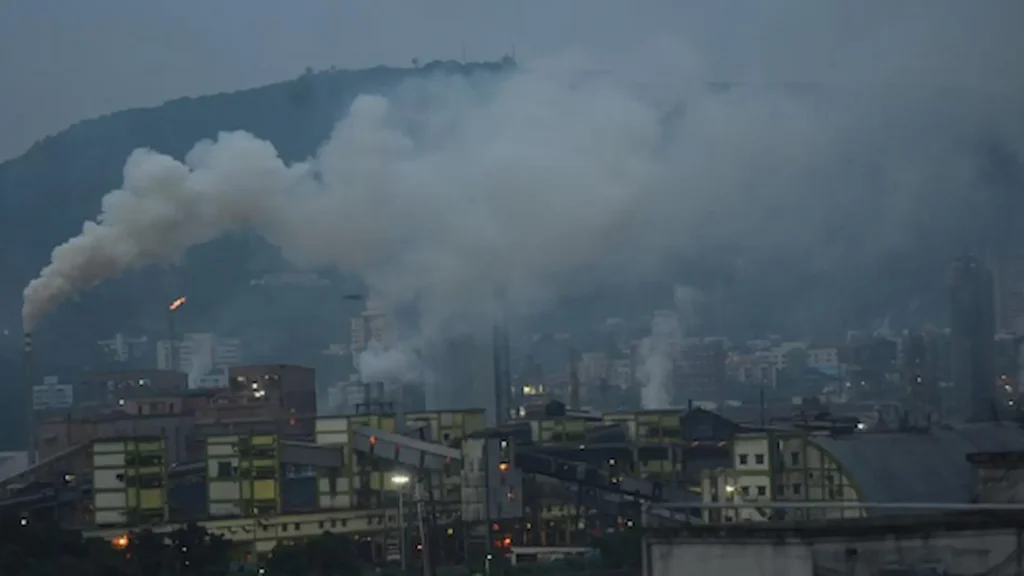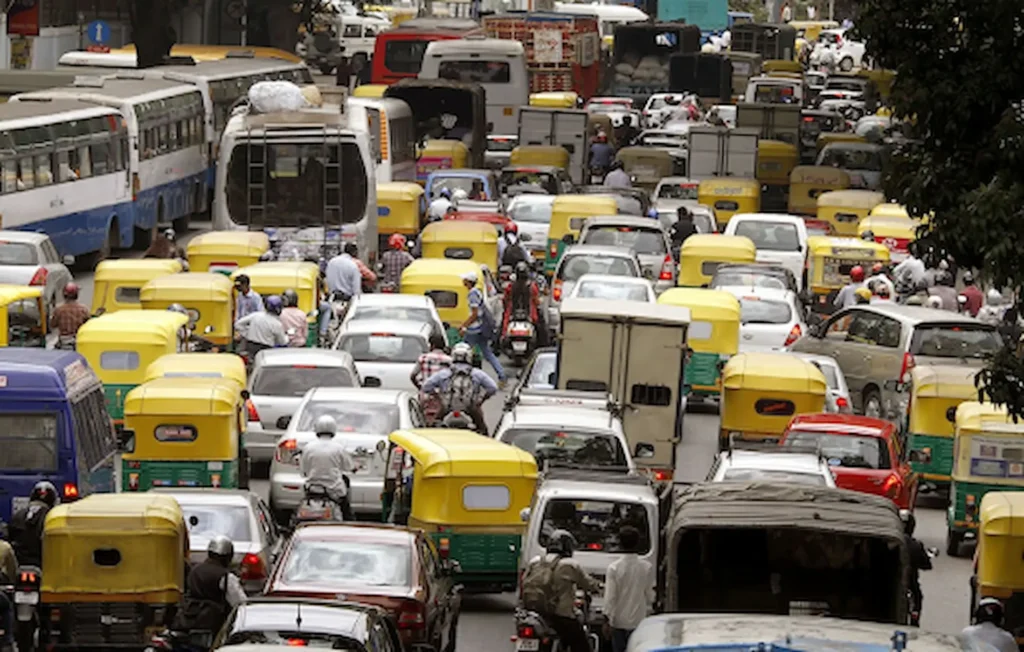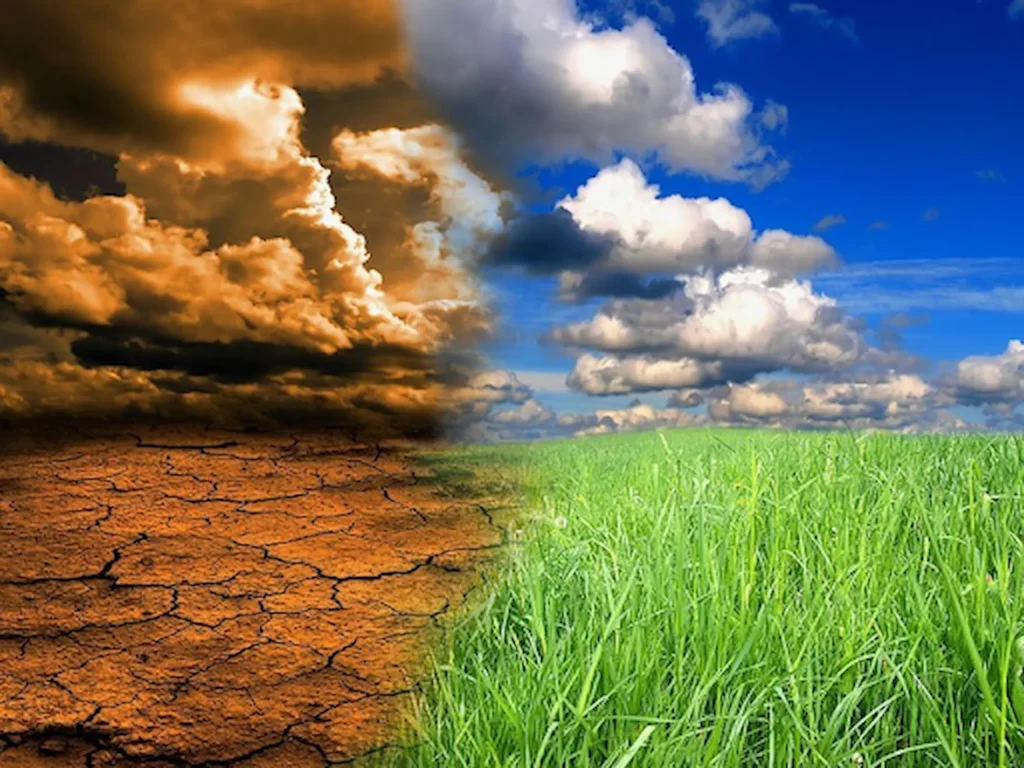Most Polluted Country in the world has become one of the most talked-about countries when it comes to global pollution. Every year, international air quality reports place Indian cities like Delhi, Mumbai, and Kolkata at the top of the most polluted cities in the world. The problem is not just local anymore—it has grown into a regional crisis that also affects neighboring countries like Pakistan, Bangladesh, Nepal, and even China. Understanding the causes behind this pollution and its widespread impact is vital for anyone concerned about climate change and public health.
What Is Making India So Polluted?
The pollution crisis in India is not due to one single cause. It’s a mix of heavy industrial emissions, unchecked vehicle pollution, widespread use of fossil fuels, seasonal crop burning in rural areas, and weak environmental enforcement. Major urban centers across the country face extreme air quality issues daily, with PM2.5 and PM10 levels far exceeding safe limits.
Another major reason for India’s environmental crisis is the lack of renewable energy adoption. While some efforts are being made, India is still largely dependent on coal and other fossil fuels. If you’re interested in learning how cleaner energy options can help combat this issue, visit our section on Renewable Energy Awareness.
How India’s Pollution Is Impacting Neighboring Countries
What many people don’t realize is that air pollution doesn’t respect borders. Airborne pollutants such as fine particulate matter can travel hundreds of kilometers with the wind. This means that when Indian states like Punjab and Haryana burn crops, the resulting smog doesn’t stay within India—it crosses into eastern Pakistan and beyond, affecting air quality across South Asia.

Nepal has reported increasingly poor air quality in Kathmandu during winter, and studies have shown that cross-border pollutants from India contribute significantly to this problem. Similarly, cities in Bangladesh experience hazy skies and rising respiratory illnesses as a result of polluted air drifting from India.
This cross-border impact is a wake-up call for regional cooperation. Environmental education plays a vital role in raising awareness, and our Climate Education section explores how neighboring countries can work together to build a cleaner future.
The Urgency for Sustainable Living in South Asia
As the situation worsens, individuals and communities must take responsibility and push for sustainable lifestyles. Reducing single-use plastic, adopting cleaner modes of transport, and shifting to renewable energy sources can make a significant difference. These efforts must go beyond India and be embraced regionally. Explore practical eco-friendly changes in our Sustainable Living section.
At the same time, urban areas across South Asia need to rethink how they manage green spaces. Growing trees, developing rooftop gardens, and encouraging city farming are not just trends—they’re survival strategies. For guidance on this topic, see our tips in Urban Gardening.
The Link Between Pollution and Biodiversity Loss
The unchecked pollution levels in India are also affecting biodiversity. Toxic air and water bodies are making habitats unlivable for both terrestrial and aquatic life. Birds are disappearing from cities, and river species are dying due to untreated waste dumping. This environmental damage spills into neighboring countries that share rivers and forests with India. To learn more about how pollution threatens biodiversity in the region, browse our Wildlife Conservation and Biodiversity section.

Seasonal Smog and Its Deadly Effects
One of the most concerning outcomes of India’s pollution is the seasonal smog—especially in winter. The combination of low temperatures, crop residue burning, and stagnant winds traps toxic air over entire regions for weeks. This doesn’t just affect India’s own cities like Delhi or Lucknow—it drifts over into Lahore, Islamabad, Dhaka, and other urban areas in nearby countries.
The health effects of this seasonal pollution are devastating. Hospitals across South Asia report spikes in asthma cases, lung infections, and cardiovascular issues. It’s no longer an isolated health crisis—it’s a regional emergency. Sadly, poor air quality also affects schoolchildren, pregnant women, and the elderly the most, leaving long-term consequences on public health systems.
To take personal steps towards clean air and eco-living, explore everyday green alternatives in our Sustainable Living section. Simple actions, if adopted widely, can reduce the pressure on the environment.
Transportation: A Growing Contributor to the Crisis
With India’s population nearing 1.5 billion, the demand for vehicles has surged. In cities where public transportation is underdeveloped or unreliable, personal cars and bikes dominate. As a result, vehicular emissions have become a leading source of pollution—particularly nitrogen dioxide and carbon monoxide.

What’s even more concerning is that neighboring countries are seeing a similar trend. Without a shift to electric vehicles or reliable public transport systems, this issue will continue to escalate. Cleaner transport is key to reducing overall emissions in South Asia, and governments must act now to avoid long-term damage.
Looking for alternatives and solutions? Our Renewable Energy Awareness content is a great place to start learning about clean transportation technologies and how they can be implemented on both personal and national levels.
Climate Change and Policy Inaction
India’s pollution problem is also deeply tied to climate change. Rising temperatures, extreme weather, and shifting rainfall patterns are all signs that the environment is under stress. While India has signed international climate agreements, there’s often a gap between promises and policy action.

Unfortunately, this policy inaction is not unique to India. Neighboring governments also struggle with weak enforcement and limited resources, making regional cooperation even more necessary. Environmental policies must be backed by real investment, technology sharing, and grassroots-level education.
At GreenZoneHub, we understand that systemic change requires public awareness first. That’s why our mission is to make environmental knowledge accessible and actionable for people across the USA and the world.
Why Choose GreenZoneHub?
At GreenZoneHub, we believe that knowledge is the first step toward action. Our platform educates, inspires, and empowers individuals and communities across the USA and globally to make environmentally conscious decisions. Whether you’re curious about green energy, sustainable habits, or protecting biodiversity, we provide real solutions and reliable guidance. We are committed to building a cleaner, healthier future—starting with awareness.
Have questions or want to collaborate? Feel free to Get in Touch with us anytime.
Conclusion
India’s position as the most polluted country in the world is not just a national issue—it’s a regional crisis affecting millions across South Asia. From choking air in Delhi to smog creeping into Pakistan and Bangladesh, the consequences of unchecked pollution have gone beyond borders. Industrial growth, vehicular emissions, crop burning, and policy inaction all contribute to a complex and dangerous situation.
However, the power to change lies in collective action. Governments, citizens, and organizations must work together to prioritize sustainability. Education, renewable energy adoption, and everyday eco-friendly choices can shift the course toward a cleaner future for India and its neighbors.
At GreenZoneHub, we are committed to spreading environmental awareness, not only in South Asia but also across the USA and beyond.
FAQ
Q1: Why is India considered the most polluted country?
India ranks among the top polluted countries due to high levels of industrial emissions, vehicle pollution, coal usage, and crop burning. Its cities frequently exceed safe air quality limits year-round.
Q2: How does pollution in India affect other countries?
Airborne pollutants travel across borders, affecting countries like Pakistan, Bangladesh, and Nepal. Seasonal smog and cross-border rivers carry pollutants far beyond India’s borders.
Q3: What steps can neighboring countries take to protect themselves?
Neighboring countries need to collaborate with India through shared environmental agreements, strengthen local air quality monitoring, and promote regional climate action plans.
Q4: How can urban gardening help reduce pollution?
Urban gardening adds green cover, absorbs CO₂, improves air quality, and helps reduce the urban heat island effect. It’s an effective and low-cost environmental solution for crowded cities.
Q5: What role can individuals play from the USA?
Even from the USA, individuals can support clean energy, reduce consumption, spread awareness, and back international environmental efforts. Our Sustainable Living section provides easy ways to get started.
Q6: Where can I learn more or connect with GreenZoneHub?
We welcome your feedback, collaboration, or questions through our Get in Touch page.
Q7: What are the health risks of living in polluted cities like Delhi?
Living in highly polluted environments increases the risk of respiratory illnesses such as asthma, bronchitis, and lung infections. Long-term exposure can also lead to heart disease, strokes, and reduced life expectancy.
Q8: Does India have any government plans to reduce pollution?
Yes, India has launched programs like the National Clean Air Programme (NCAP) and initiatives to boost electric vehicle adoption. However, enforcement and execution vary widely between regions, and progress remains slow.
Q9: Which Indian cities are the most polluted in 2025?
As of recent data, cities like Delhi, Ghaziabad, Noida, and Kanpur are consistently ranked among the world’s most polluted cities, with high levels of PM2.5 and PM10 particles.
Q10: How do crop burning practices in India contribute to pollution?
In northern India, especially Punjab and Haryana, farmers burn leftover crop residue after harvest. This releases massive amounts of smoke and fine particles into the air, creating seasonal smog that spreads into Pakistan and other nearby regions.
